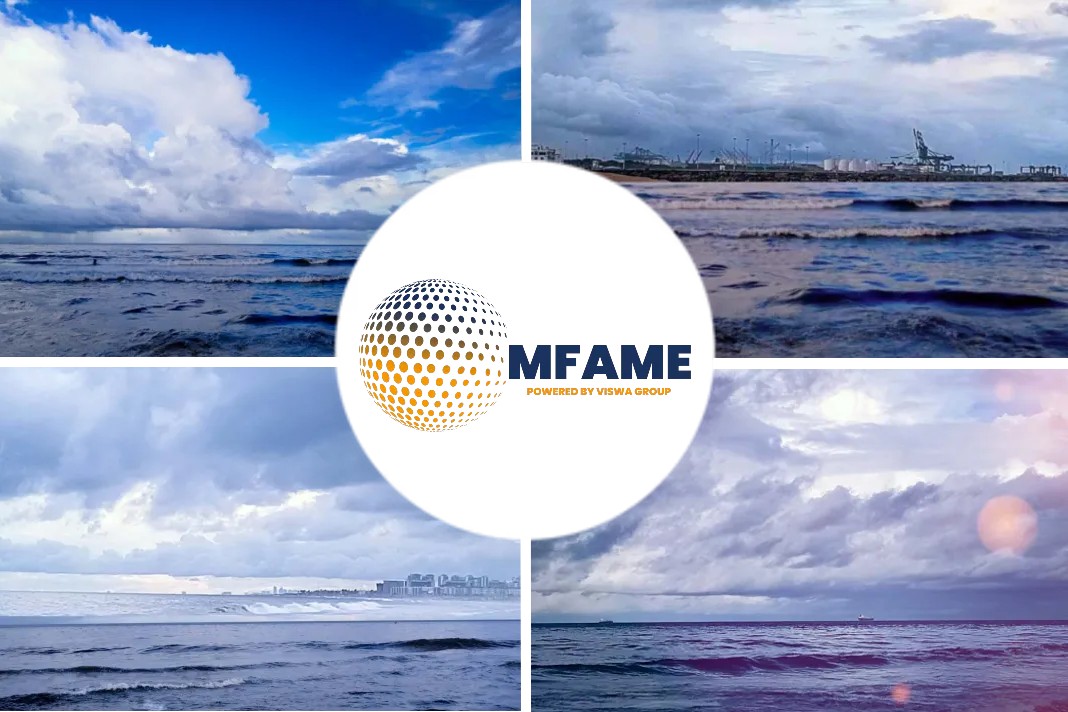An open naphtha arbitrage to Asia, combined with lack of available Long Range tanker positions outside the US Gulf, is forcing freight rates from the US Gulf Coast to the Far East up and widening spreads between Long and Medium range tankers for this route.
“I’m seeing plenty of boats carrying reformer-grade naphtha going to Asia,” a US refined products market source said.
S&P Global Platts assessed the Long Range tanker route from the US Gulf Coast to Japan/South Korea at $1.625 million lump sum on Monday, up $25,000 from Friday.
This marked a spread between LR1 and MR freight for this voyage of $275,000 lump sum, up $25,000 from Friday’s spread and the largest seen in Q4 thus far.
Since Platts began assessing these routes in June 2016, spreads between the two have averaged $193,000 lump sum, with a high point of $425,000 and a low of $5,000.
“If you are loading 470,000 barrels, you’d better be able to sell all of them,” said a shipping source, adding: “you need a buyer for it, and often times people can only find someone to buy 300,000 barrels.”
A mixture of LR1s and MRs have been either fixed or placed on subjects for the USGC-Far East voyage in the past week, and all LR1s were confirmed to be carrying naphtha.
“Marginal [profit] is MR, in the money is LR,” the US refined products market source said.
Platts counted three LR1s: the SCF Alpine to Trafigura, the Grace Victoria to Vitol, and another vessel to be nominated to BP.
The SCF Alpine was fixed at $1.55 million around November 7, the Grace Victoria at $1.6 million later in the week, and the third vessel at $1.625 million on Monday.
Though rates for LR1s are steadily on the rise, freight for MRs has fluctuated between $1.325 million-$1.35 million lump sum in the past week.
Moreover, Exxon was reported to have an outstanding cargo for the voyage, though had not covered as of late Monday.
“There have been some inquiries for [the Far East] route, but, the reason [freight is high] is just that the Continent’s firmed up and that the ships that are in position are coming from Brazil,” said a ship broker.
According to market sources, Long Range vessels essentially arrive at a fork after unloading in Brazil, as they must ballast to a different region, which could be either the US Gulf or Europe.
“The market in the Continent is good, and the ballast [from Brazil to the USGC or Europe] is the same. They’re all European owners, so they are not tied to always coming to the US Gulf,” said another ship broker.
A shipping analyst also noted that LR1s in the Gulf had very lucrative options in other parts of the world, which contributed to rising freight.
“Anecdotally, the market has been quite strong for LR1s elsewhere, such as the Arabian Gulf and Asia,” said the analyst. “With there being relative strength elsewhere compared to here, there is incentive for owners to get out of the region,” the source added.
Rising freight in the Americas and the open arbitrage to Asia has not incentivized ship owners to take a cut in order to leave the Americas for more lucrative waters.
“The ships showing numbers are from West Africa, Brazil, or the other side of canal, so [ship owners] won’t perform the voyage unless they get more money,” said the first broker.
According to US market sources, exports of refiner-grade naphtha are sailing East to meet reformer and splitting demand.
Standard naphtha can be split to make heavy and light naphtha. Heavy naphtha can be run through a reformer to produce reformate.
“Part of the reason is that condensate prices are strong, so they’re not running as much light crude,” the US refined products market source said. “They’re running naphtha instead.”
S&P Global Platts assessed standard and heavy naphtha in the US Gulf Coast at barge gasoline minus 20 cents/gal and barge gasoline minus 19.25 cents/gal, respectively.
Did you subscribe for our daily newsletter?
It’s Free! Click here to Subscribe!
Source: Platts


























